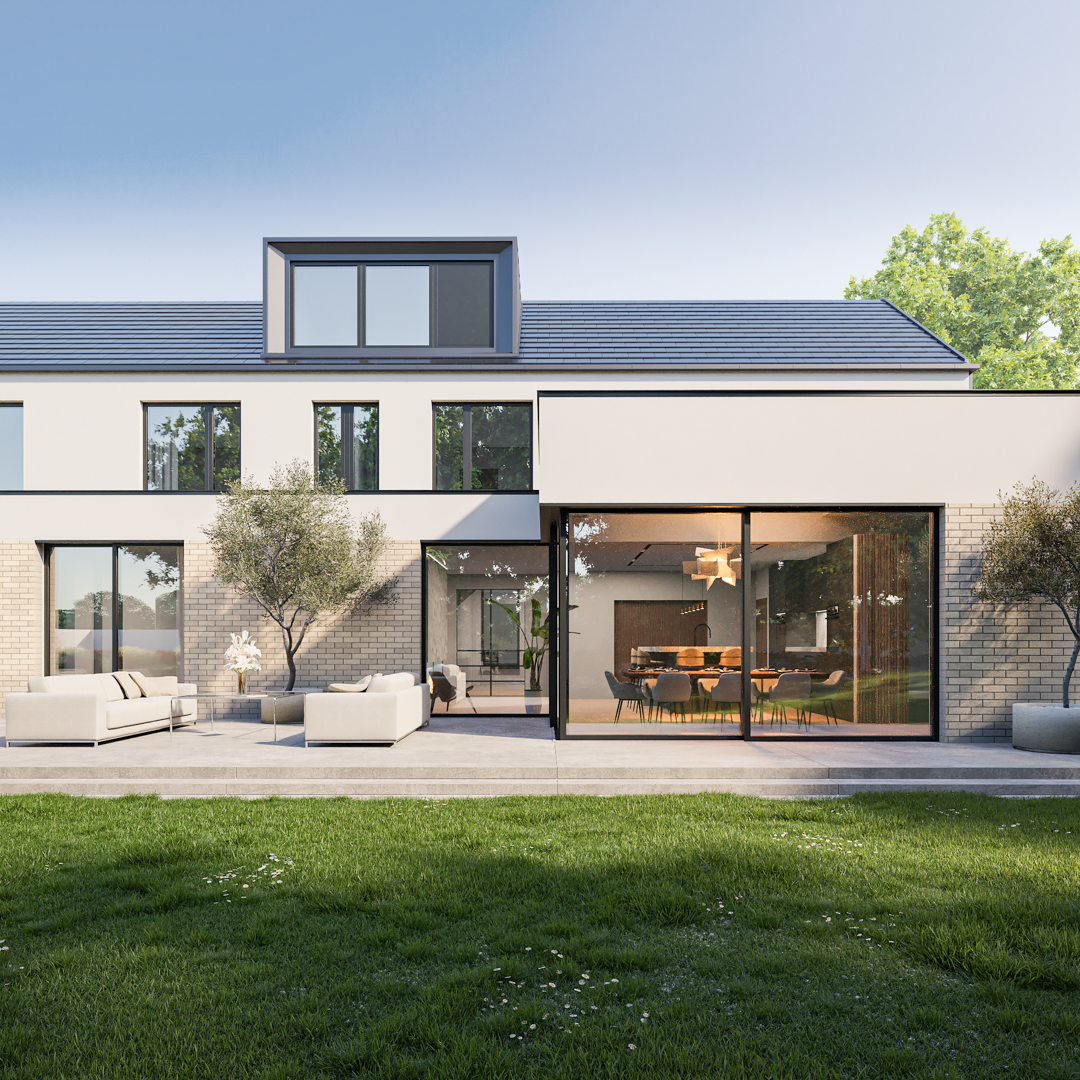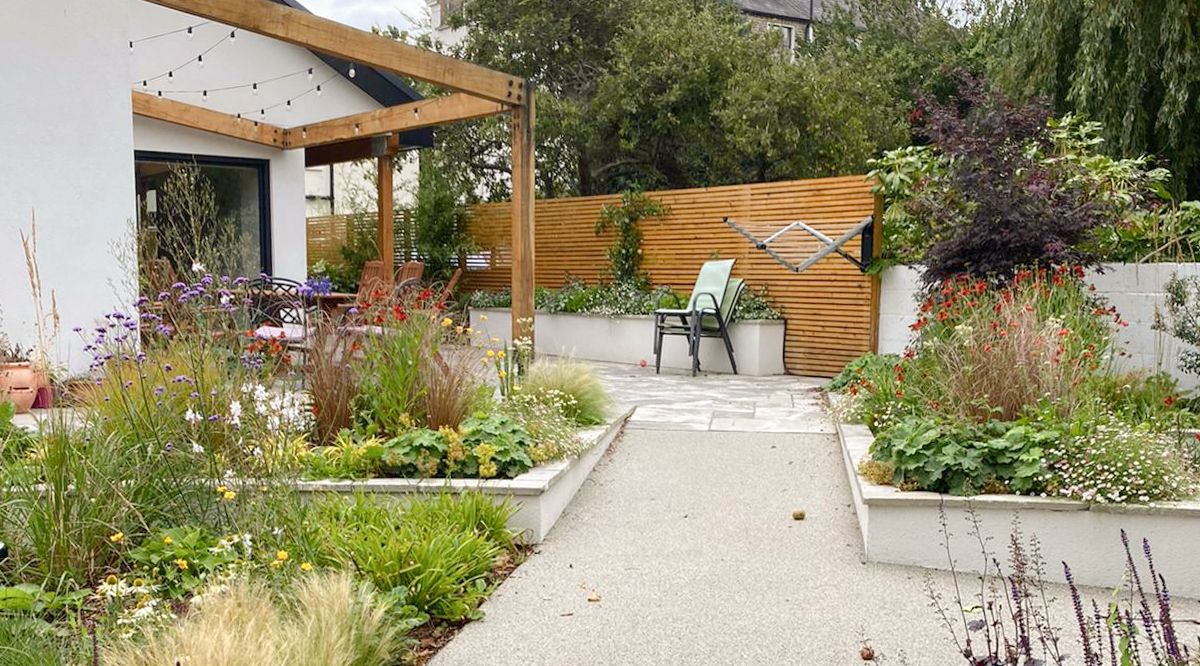Sustainable House Design

Sustainability has become an important part of conserving global resources and reducing carbon footprints. It is no longer seen as a fad but more of a global necessity as we try to protect our planet.
The use of resources has become increasingly part of the conversation. Whilst the advocates of sustainable living have been at pains to instil a sense of alarm and for us to take action now, the recent hyper inflation and the measures employed by governments to achieve their carbon reduction pledges are resulting in actual action.
Sustainable housing is much more than just about energy efficiency. It's about finding the right balance between using energy and using natural resources, while being mindful of both current and future generations. It’s about health as well as environmental impact, and in a way, the health of the building, the created environment, and that of the occupants are all interlinked.
Sustainable architecture takes into account the existing building fabric and finds ways to enhance and reuse it rather than replacing it. This can mean anything from adding insulation to old walls, to making sure that the seals and perimeters of windows are airtight and avoiding leakage. If you are thinking about upgrading your own house some of the grants available from SEAI will certainly make the process more affordable.
New technologies play an important role – as long as they are applied in a responsible manner and the consequences are understood. There are a lot of ways to make a home more environmentally friendly and cheaper to run. Recycled bricks, wood, and solar panels can all be used to make a home more environmentally friendly and cheaper to run. On nearly every project that we are working on, clients are opting for heat pumps as a sustainable and price predictable way of heating their houses.
Embodied carbon, the carbon cost of materials, processing, waste, and their delivery to site are factors that are all being assessed in the measure of environmentally friendly architecture and local materials and design philosophies are key to
sustainable projects such as our award winning house at Wheatley's Eyot.
Articles










